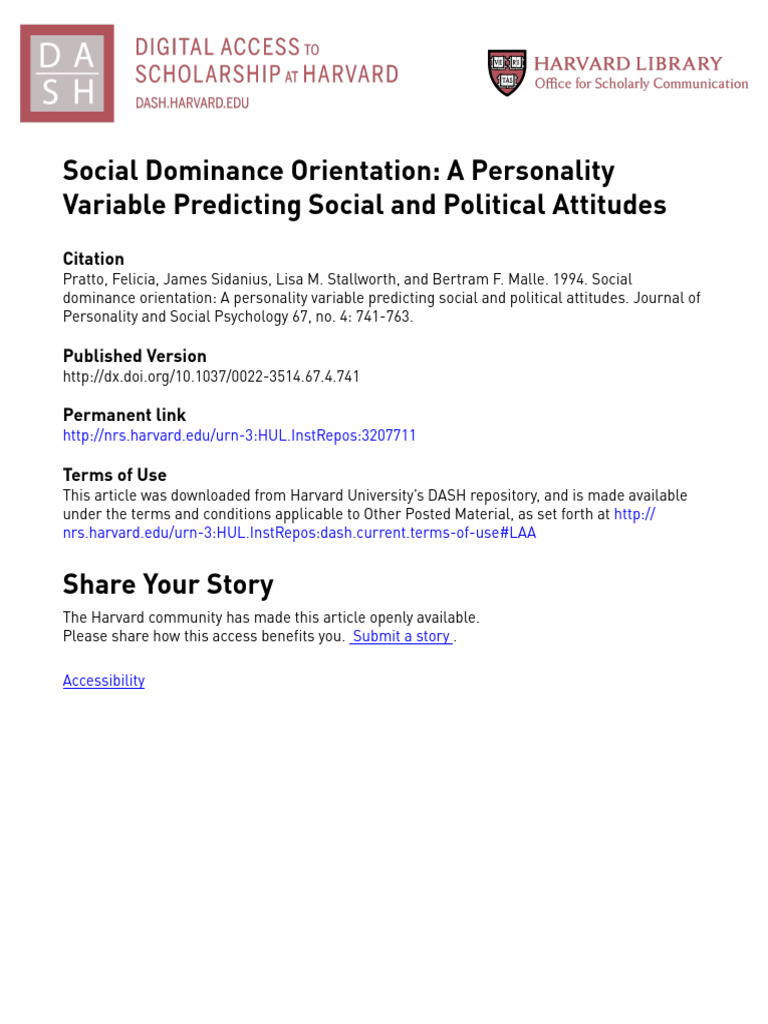3 Key Differences in Control vs Experimental Groups

In scientific research, the control and experimental groups play pivotal roles, offering distinct insights into the study’s design and outcomes. Here, we delve into the three critical differences between these groups, shedding light on their unique contributions to the research process.
The art of scientific inquiry relies on the nuanced understanding of these group dynamics, as they collectively form the backbone of empirical evidence and statistical inference.
Intervention and Variability

The first notable distinction lies in the treatment or intervention each group receives. In an experimental group, participants are exposed to the specific treatment or condition being tested, whether it’s a new drug, a teaching method, or an environmental factor. Conversely, the control group serves as a baseline, remaining untouched by the intervention. This group helps researchers establish a reference point, enabling them to measure the effectiveness or impact of the treatment more accurately.
For instance, imagine a study examining the effectiveness of a new weight-loss supplement. The experimental group would be given the supplement, while the control group would continue with their usual dietary habits, acting as a benchmark to compare against.
Statistical Significance and Randomization

Randomization is a cornerstone of experimental design, and it differentiates the two groups significantly. In an ideal scenario, participants are randomly assigned to either the control or experimental group, ensuring that any pre-existing differences between individuals are evenly distributed. This randomization process minimizes bias and maximizes the likelihood that any observed differences are due to the intervention, not inherent disparities between groups.
Statistically speaking, this randomization enhances the validity of the study’s findings. It allows researchers to attribute changes or effects to the treatment with greater confidence, as the likelihood of these effects occurring by chance is reduced.
Placebo Effect and Blinding
The placebo effect is a psychological phenomenon where individuals experience improvements simply because they believe they are receiving a beneficial treatment. To mitigate this effect, researchers often employ a blind or double-blind study design. In this setup, participants in the control group are given a placebo—an inert substance or procedure designed to mimic the treatment without its active ingredients or effects.
Additionally, blinding can extend to researchers and evaluators, ensuring that neither the participants nor the researchers know who is in which group until the study is complete. This approach helps to eliminate bias in the evaluation process, as it prevents the influence of expectations or preconceived notions on the outcomes.
The control and experimental groups, with their distinct characteristics and roles, are essential components of the scientific method. Understanding these differences is key to interpreting research findings accurately and ensuring the integrity of scientific studies.
Further Considerations
The choice of control group design can vary depending on the research question and ethical considerations. In some cases, a no-treatment control may be used, while in others, an active control (a standard treatment) might be more appropriate.
Ethical guidelines must be followed when assigning participants to control groups, especially in medical research, to ensure that participants’ rights and well-being are protected.
In certain studies, a crossover design may be employed, where participants serve as their own control, receiving the intervention and then a placebo or no treatment, with data collection at both stages.
Statistical power calculations are crucial in determining the optimal sample size for each group to ensure the study has the ability to detect true effects.
While randomization is a powerful tool, it’s important to recognize that it may not always be feasible or ethical, especially in certain social sciences or medical contexts. In such cases, researchers must employ alternative methods to control for potential confounders.
In conclusion, the control and experimental groups are integral to the scientific process, providing a structured framework for testing hypotheses and gathering evidence. By understanding these groups’ unique characteristics and roles, researchers can design robust studies that yield reliable and meaningful results.
Pros of Control and Experimental Groups
- Facilitates the isolation and measurement of treatment effects.
- Enhances the internal and external validity of studies.
- Enables the application of advanced statistical techniques.
Cons and Limitations
- May not always be feasible or ethical to employ.
- Requires careful consideration of sample size and power calculations.
- Does not account for all potential confounding variables.



